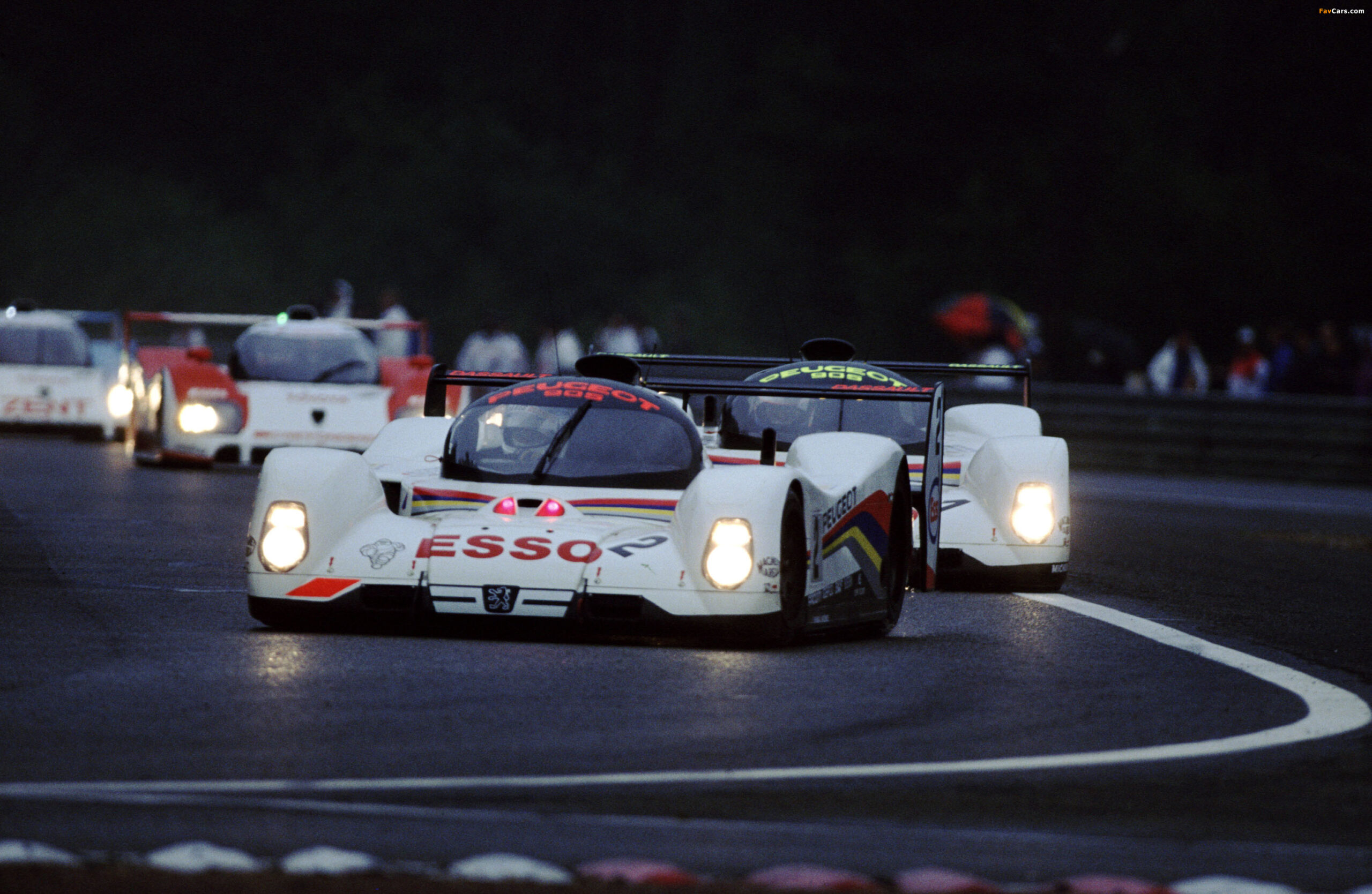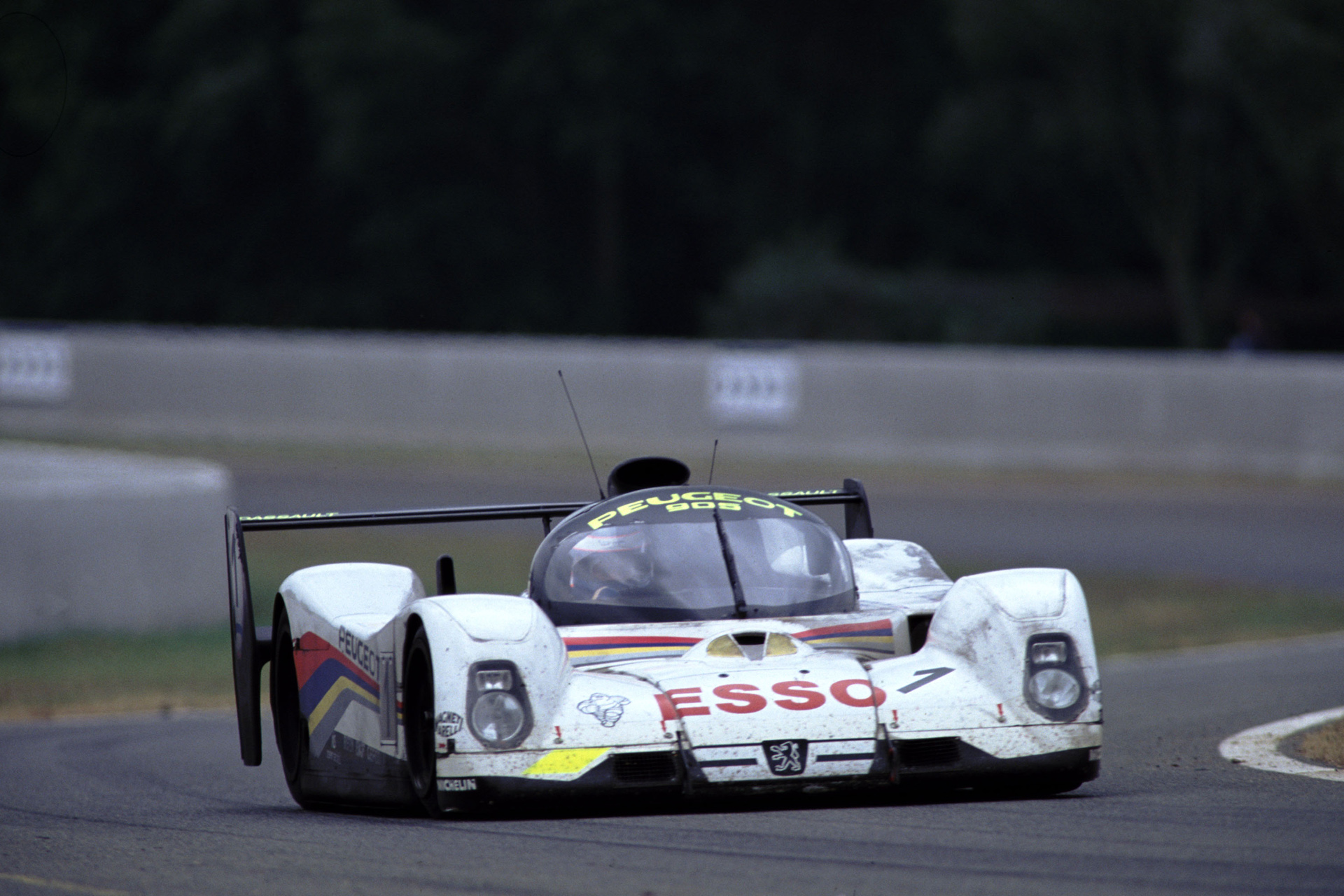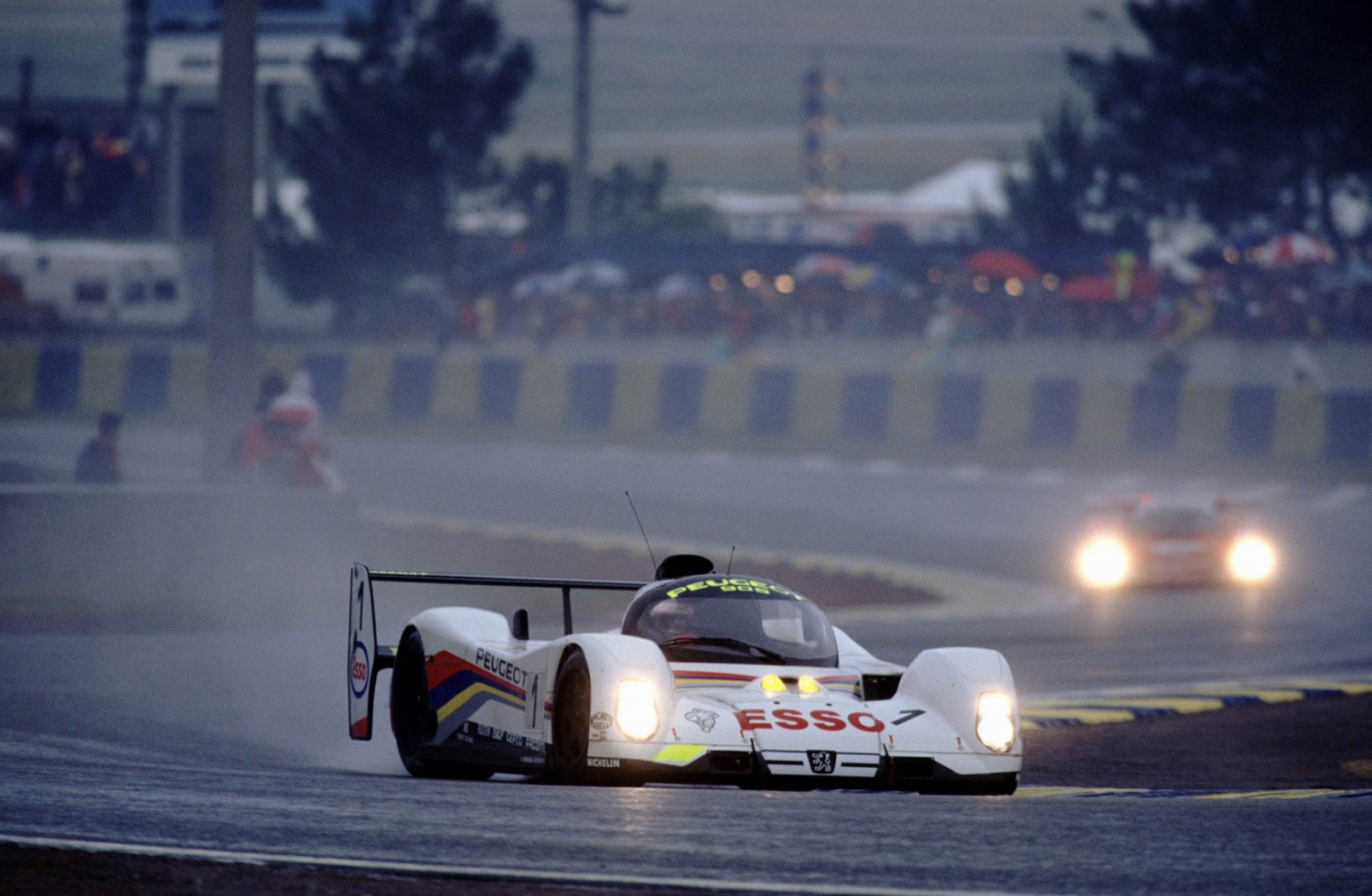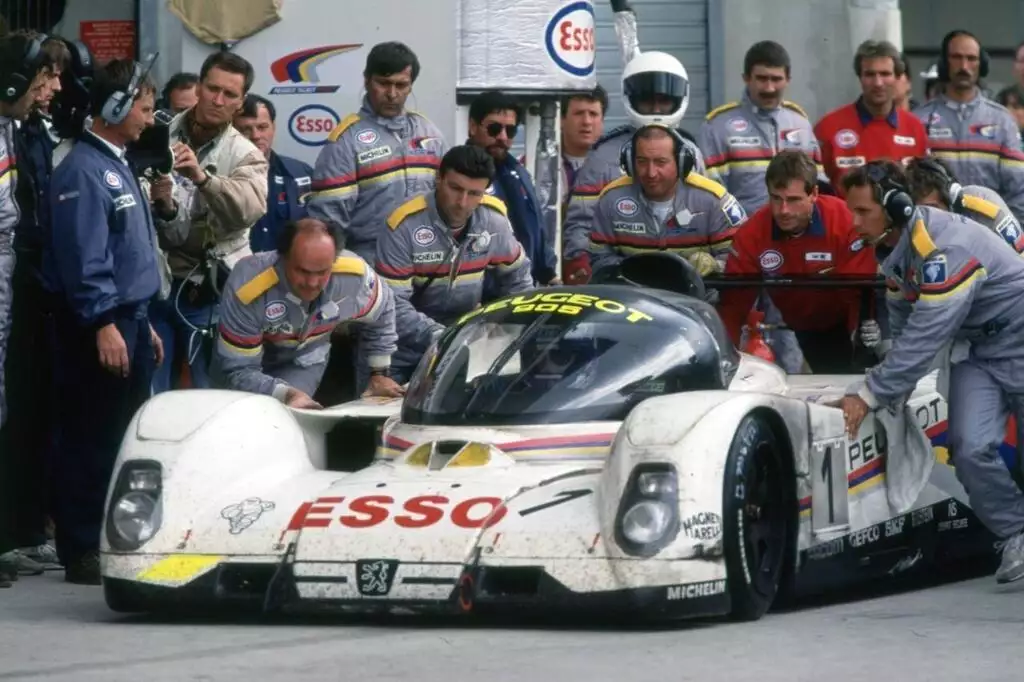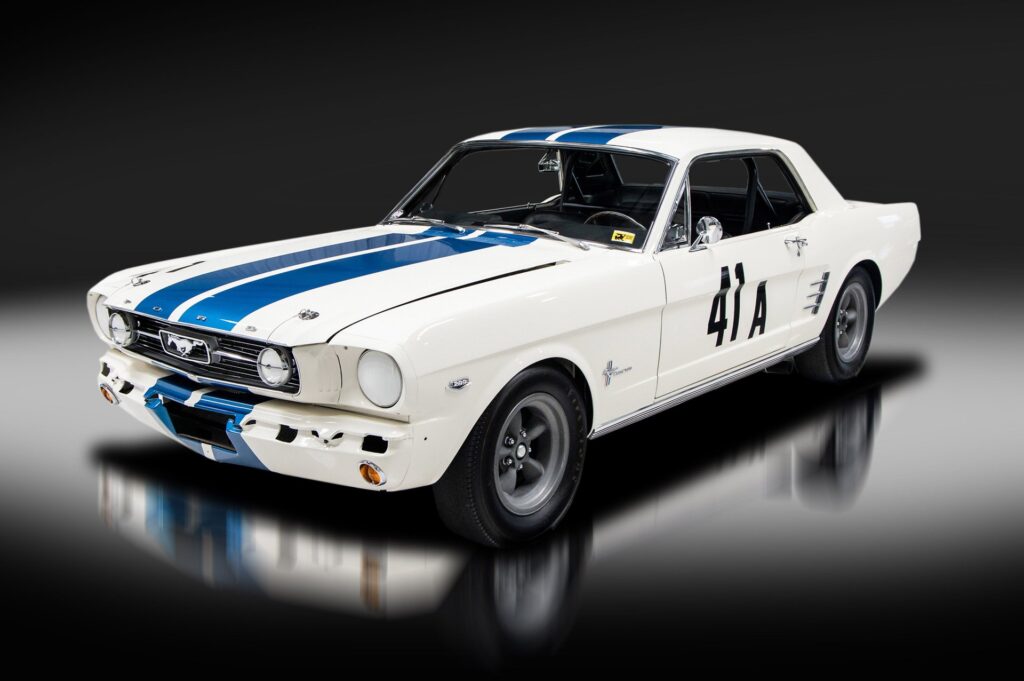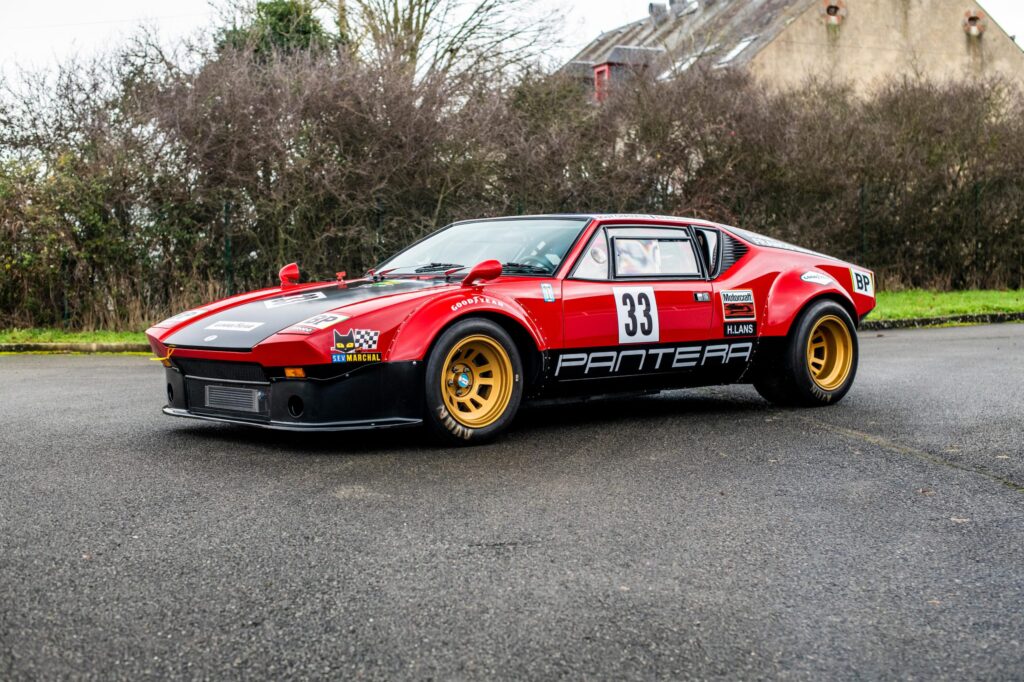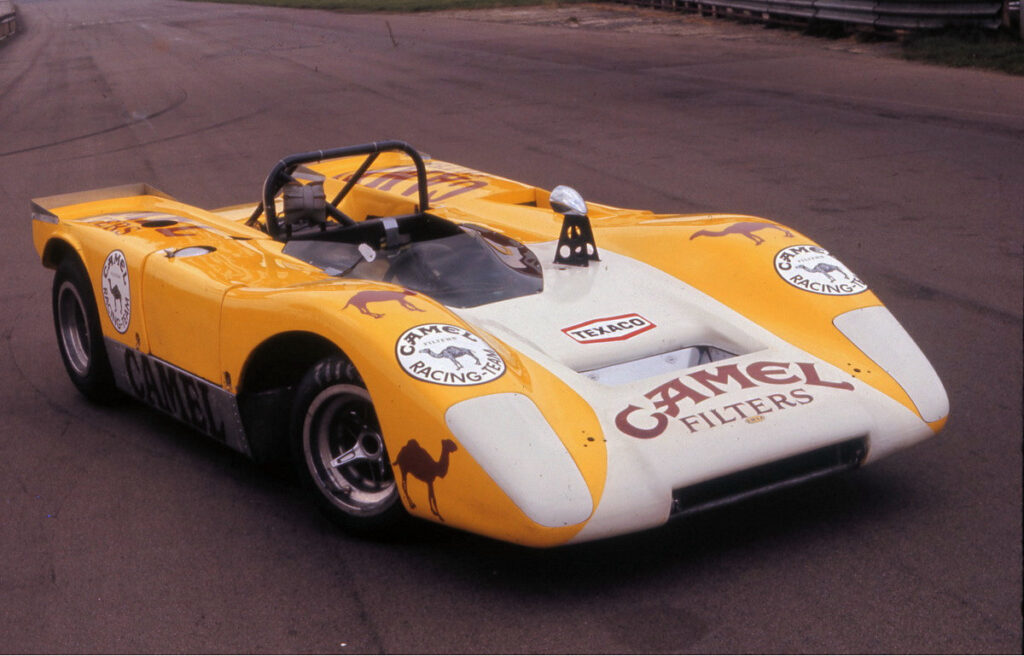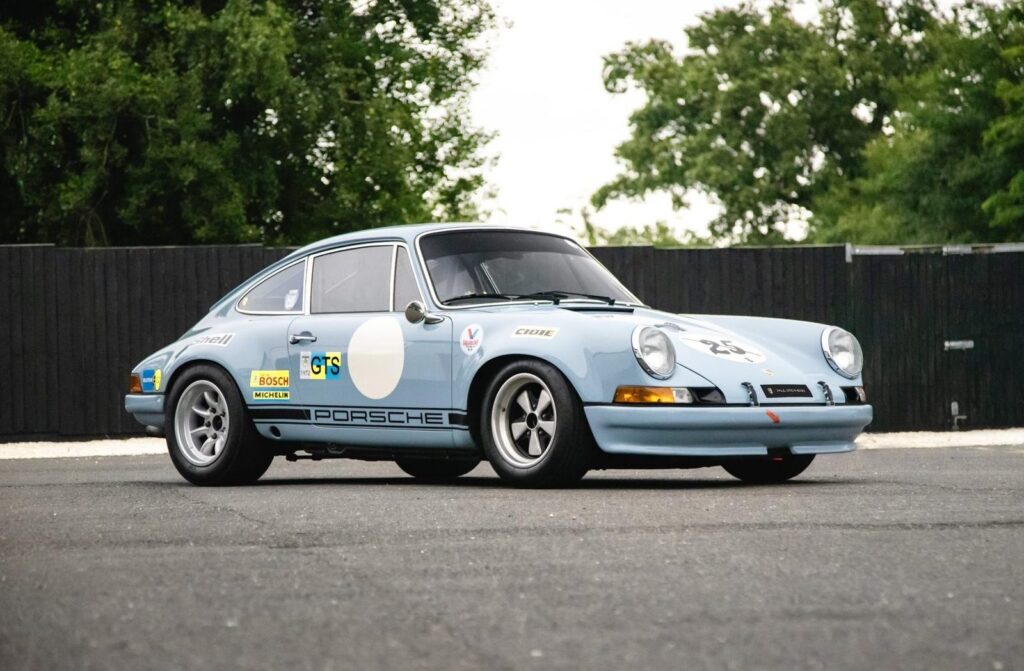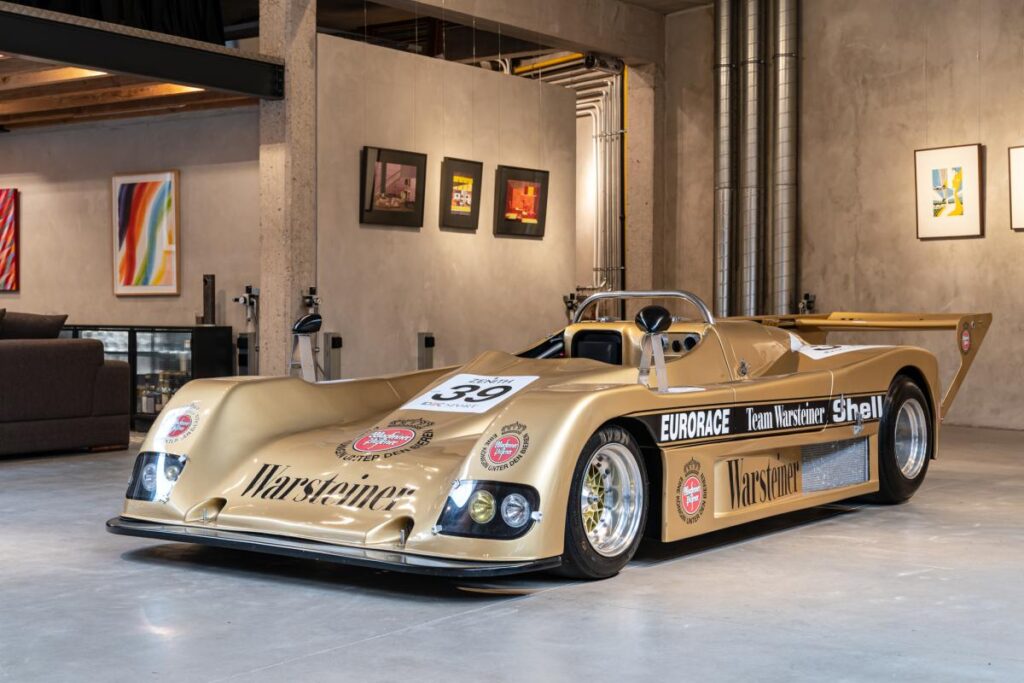1991 Peugeot 905 Evo 1 Bis
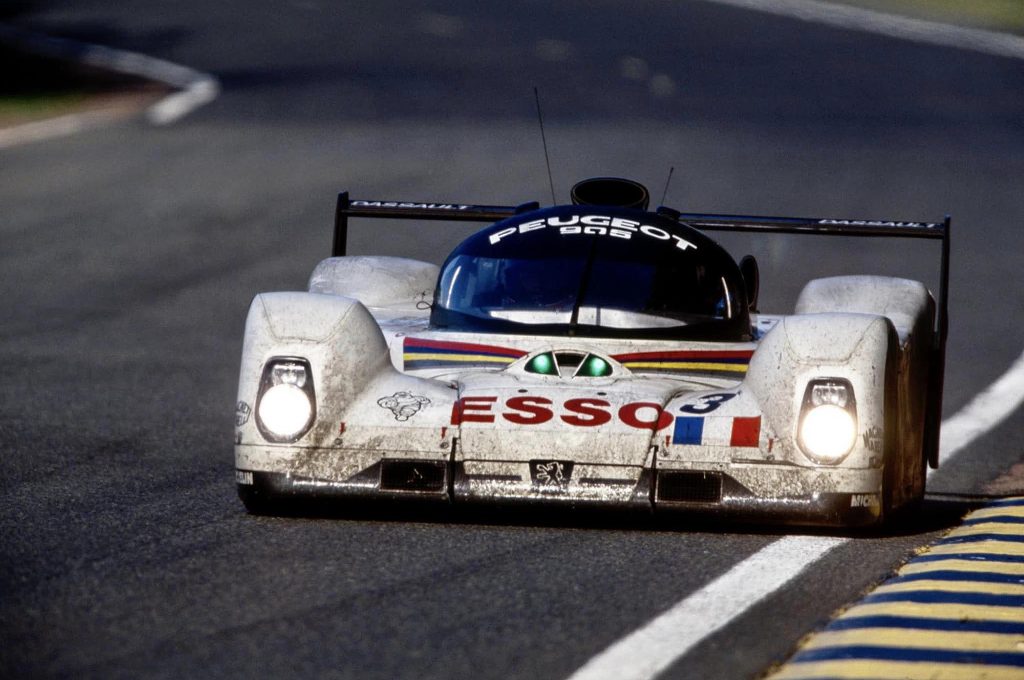
1991 Peugeot 905 Evo 1 Bis
Brand
Peugeot
Year
1991
Country
France
Generation
905

1991 Peugeot 905 Evo 1 Bis
Brand
Peugeot
Year
1991
Country
France
Generation
905
About this car
Discover the history
The Peugeot 905 Evo 1 emerged as a revolutionary car during the final years of Group C racing, embodying the ambition of the French automaker to dominate the World Sportscar Championship (WSC) and claim victory at Le Mans. Launched initially in 1990, the Peugeot 905 boasted cutting-edge technology for the time, utilizing a carbon fiber monocoque chassis and a naturally aspirated 3.5L V10 engine, inspired by contemporary Formula 1 designs. This made the car lighter and more advanced than its competitors. However, despite its promising start, the original 905 faced significant reliability issues during its debut season in 1991, with its first Le Mans entry ending in early retirement.
In response to these challenges, Peugeot developed the 905 Evo 1B, a dramatically improved version that debuted in the second half of 1991. The Evo 1B received a complete aerodynamic overhaul, with more downforce and an engine upgrade that increased its power output significantly. This allowed Peugeot to finish the 1991 season on a strong note, securing back-to-back 1-2 victories at Magny-Cours and Mexico, despite strong competition from Jaguar’s XJR-14. By 1992, Peugeot had further refined the car and shifted its focus on winning the 24 Hours of Le Mans, which it had been targeting since the inception of the 905 project.
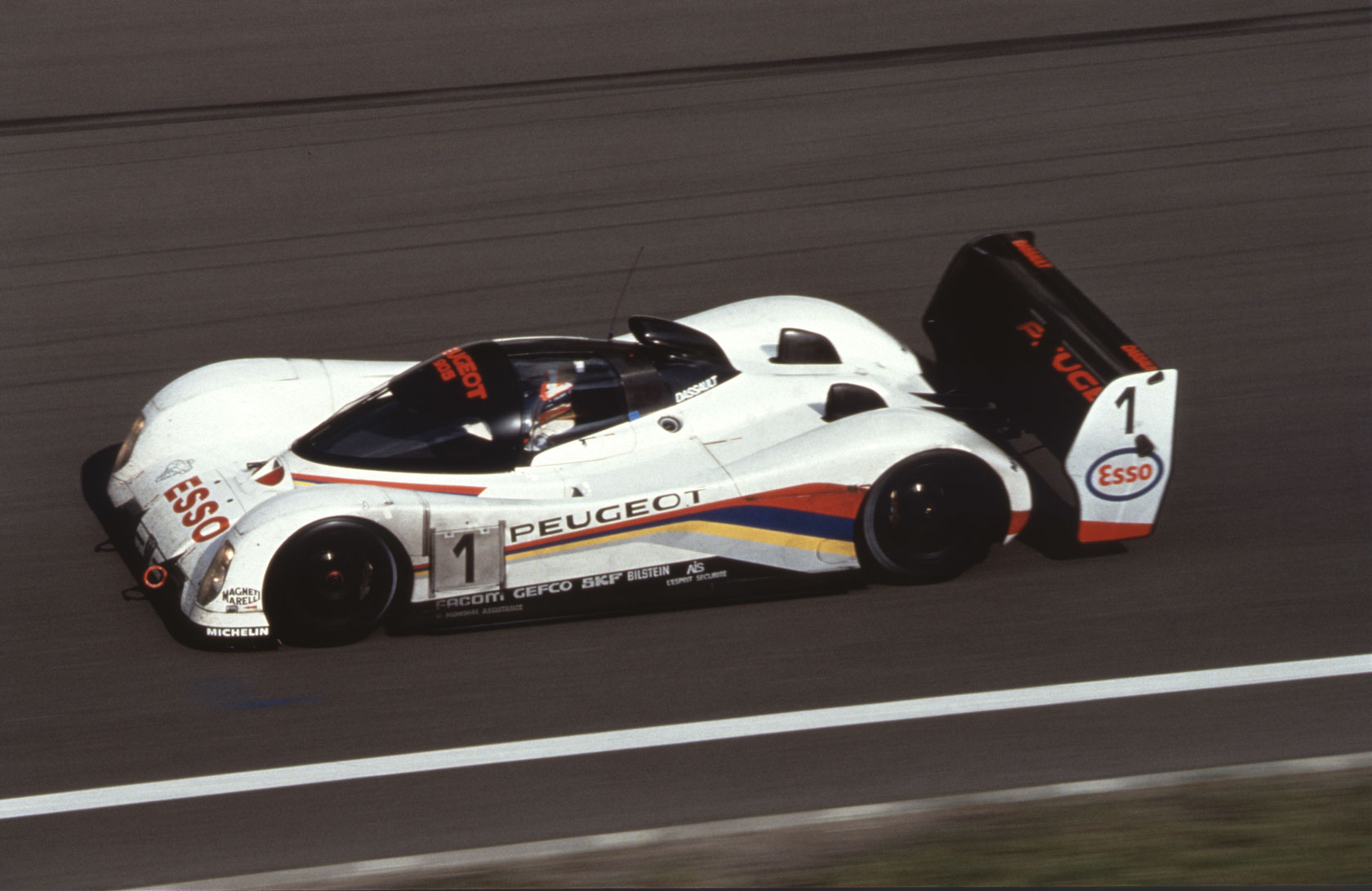
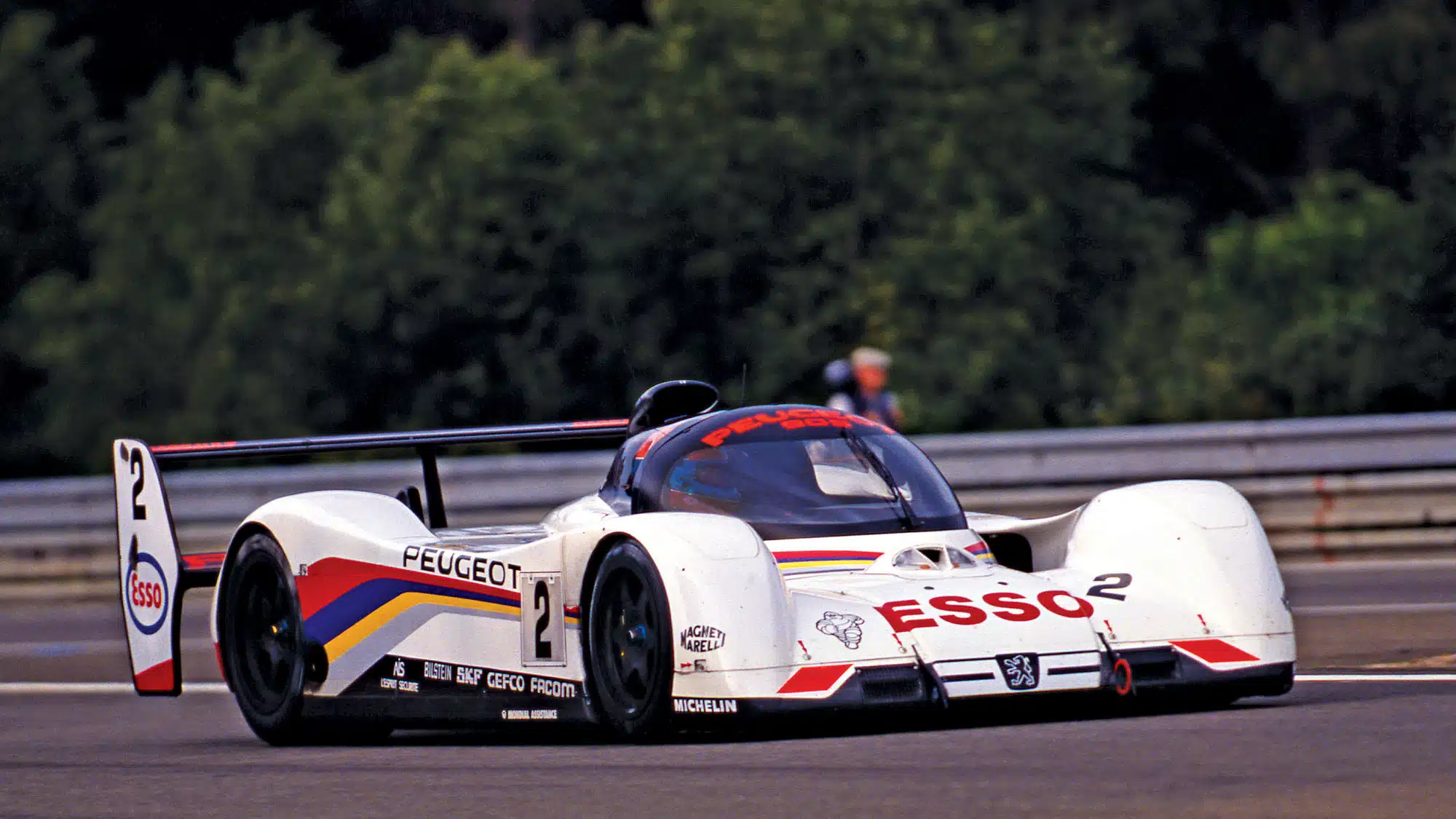
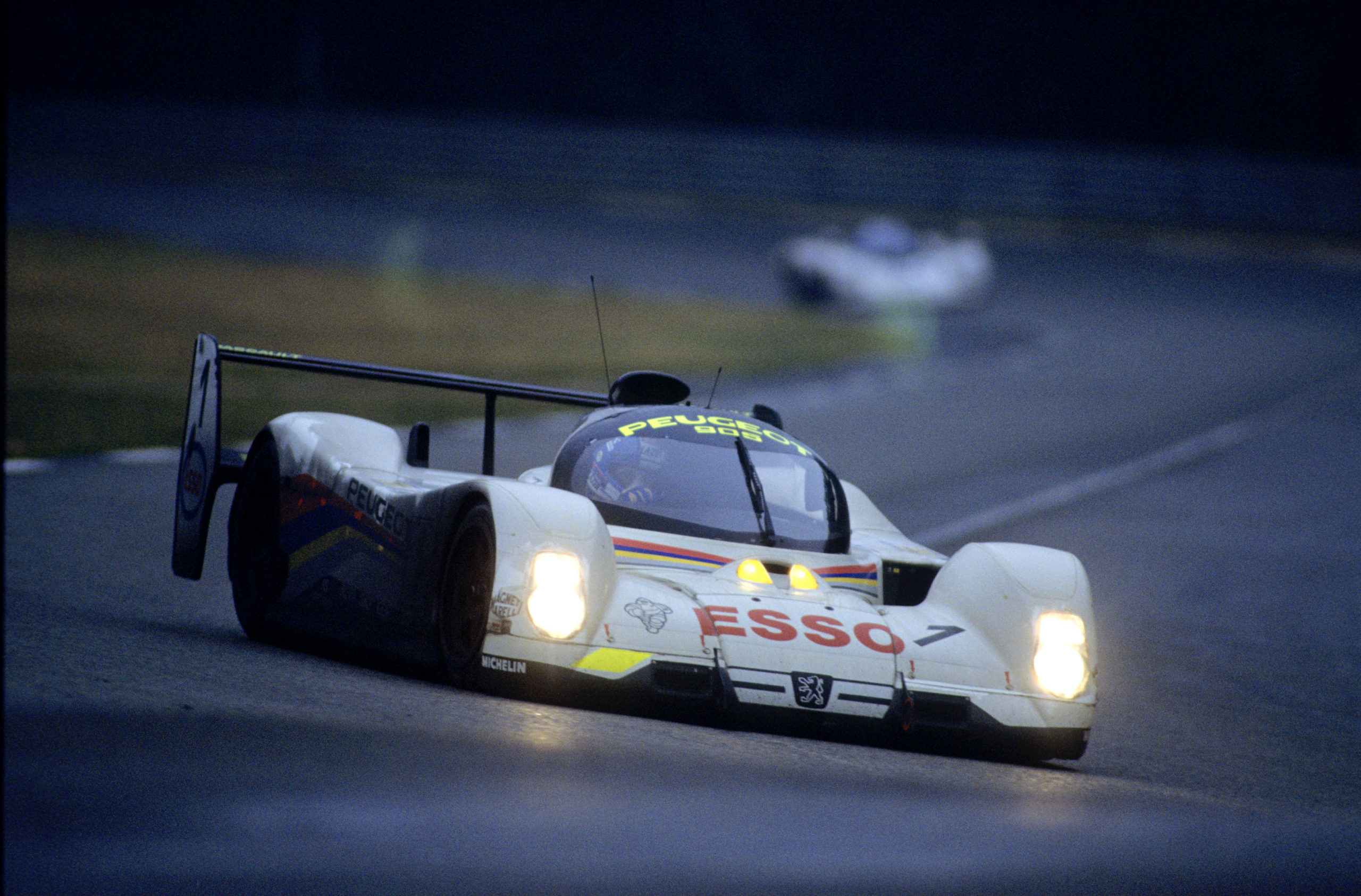

The 1992 Le Mans race marked Peugeot’s breakthrough, as the 905 Evo 1B took its first victory with a dominant performance, finishing six laps ahead of its closest competitor, Toyota. The winning car was driven by Yannick Dalmas, Derek Warwick, and Mark Blundell. This success cemented Peugeot’s position at the pinnacle of endurance racing, and the team went on to win the World Sportscar Championship in the same year. The victory was historic as it marked the first Le Mans triumph for the French marque, a long-sought goal.
Peugeot’s dominance continued into 1993 with an even more impressive showing at Le Mans. The team secured a 1-2-3 finish, with Eric Hélary, Christophe Bouchut, and Geoff Brabham taking the top spot. This cemented the 905 Evo 1B’s legacy as one of the most successful endurance race cars of its era. However, this period of dominance also coincided with the end of the Group C era. The high costs of maintaining competitiveness with F1-style engines, combined with declining participation in the WSC, led to the dissolution of the series after the 1992 season.
Peugeot’s commitment to motorsport continued as the company transitioned to Formula 1, using a version of the 905’s V10 engine. Despite mixed success in F1, the 905 Evo 1B’s legacy remained intact as a car that not only brought Le Mans glory to Peugeot but also played a part in the eventual decline of Group C racing. This car is remembered as a blend of endurance racing heritage and F1-inspired technological innovation, ultimately becoming one of the iconic machines of its time.
